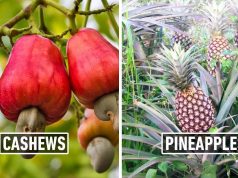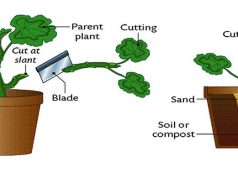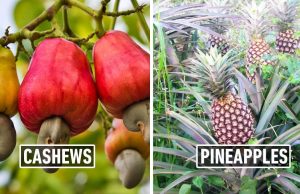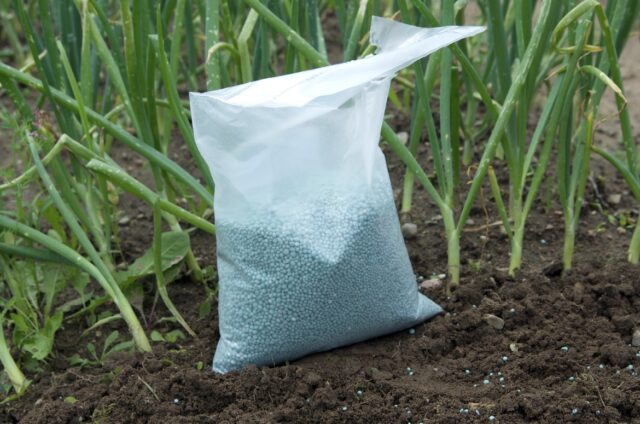
Plants require nutrients to grow and develop, which they soak up through their root system from the soil. Fertilizers supply plants with the primary nutrients (nitrogen, phosphorus, and potassium, as well as essential micronutrients). The soil’s productive capacity also decreases with each harvest unless the essential nutrients are supplied. Fertilizers also boost the soil’s water retention capacity while also increasing fertility at the same time.
Plants, similar to all living organisms are composed of cells. Various metabolic chemical processes are carried out within these cells which are important for growth, development, and reproduction. Since plants cannot eat food like animals, hence they rely on the nutrients present in the soil to generate the essential chemicals required for metabolic processes. However, the availability of these components in the soil is limited, and when plants are harvested, the supply of these comonents diminishes, resulting in a loss of plant quality and yield. Fertilizers restore the chemical components that the growing plants absorb from the soil.
There are different types of chemical fertilizers that serve the above purpose. Continue reading to know more about the various types of fertilizers:
Nitrogenous fertilizers
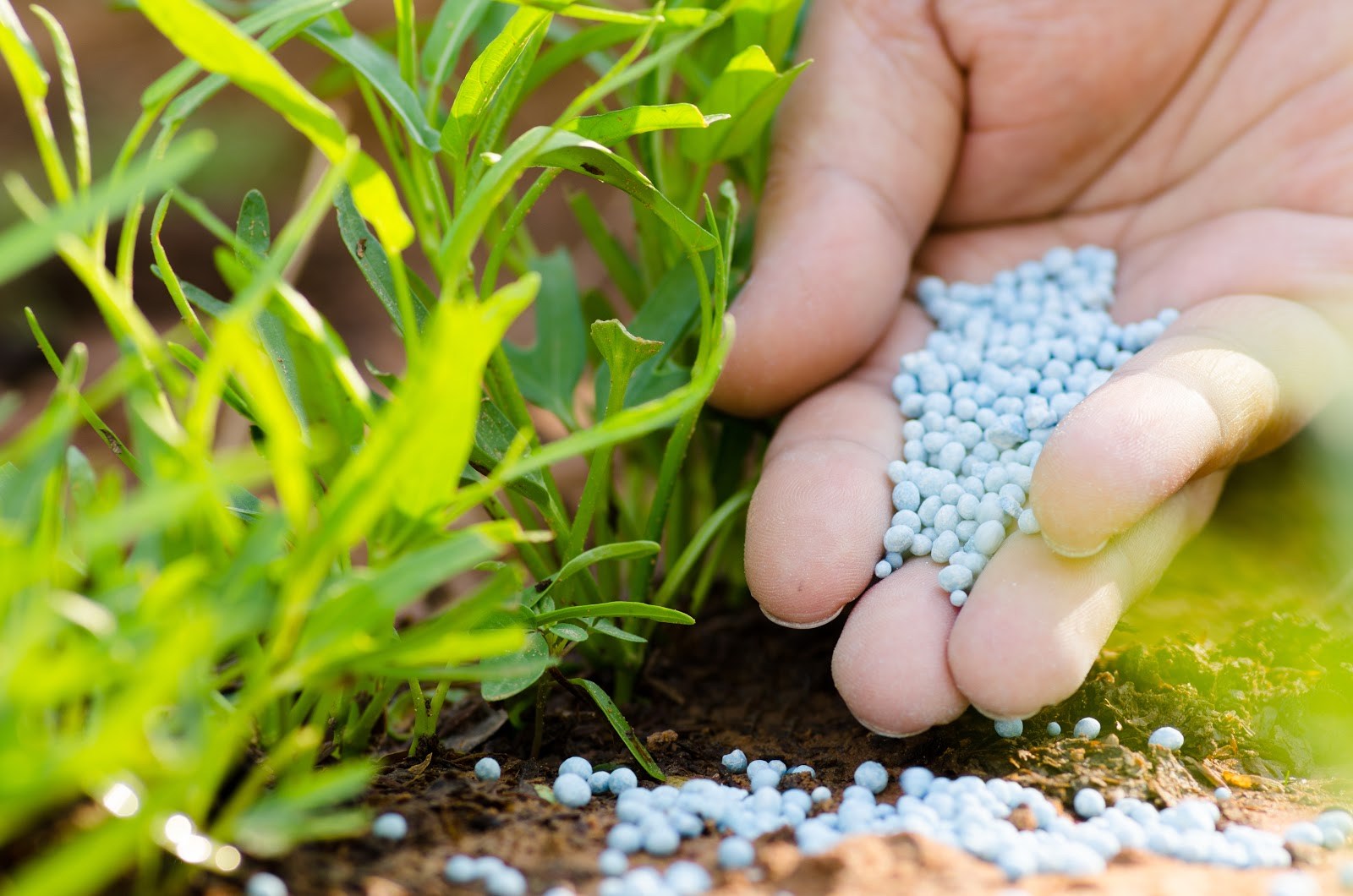
Nitrogenous fertilizers are nitrogen-containing organic substances that provide the plants and crops with nitrogen sustenance. They are classified into organic fertilizers (manure, peat, compost) and contain other nutrients besides nitrogen, like manufactured mineral fertilizers, green fertilizers, etc. However, nitrogenous fertilizers are divided into three categories: Nitrate fertilizers e.g., sodium nitrate, Ammonium fertilizers e.g., Ammonium Sulfate, and Amide fertilizers e.g., urea.
Since sodium nitrate, which is one of the best examples of nitrate fertilizers, is physiologically alkaline, it works best in acid soils, especially where acid-sensitive crops like sugar beets, barley, wheat, and other grains are cultivated.
Speaking of Ammonium fertilizers, these contain nitrogen as their key component. The fact these fertilizers get dissolved in water quickly and thus immediately available to the crops makes them suitable for fertigation or foliar sprays.
Similarly, amide fertilizers consist of urea which is the most valuable compound as it rapidly changes into ammonium carbonate in soil, mildly alkalinizing the soil before weakly acidifying it. It’s also utilized as a ruminant protein supplement.
Nano Urea (Liquid) is the world’s 1st nano fertilizer and it is a unique source of nitrogen. Because of its Small size (20-50 nm) its availability to crop has increased by more than 80 %. Nitrogen present in Nano Urea converted into ammonia and nitrate form after hydrolysis inside the plant system. It helps conserve air, soil, and water quality and reduces the need for conventional urea by 50% or more. People can now buy urea fertilizers online from authorized agricultural stores at affordable prices.
Phosphate fertilizers
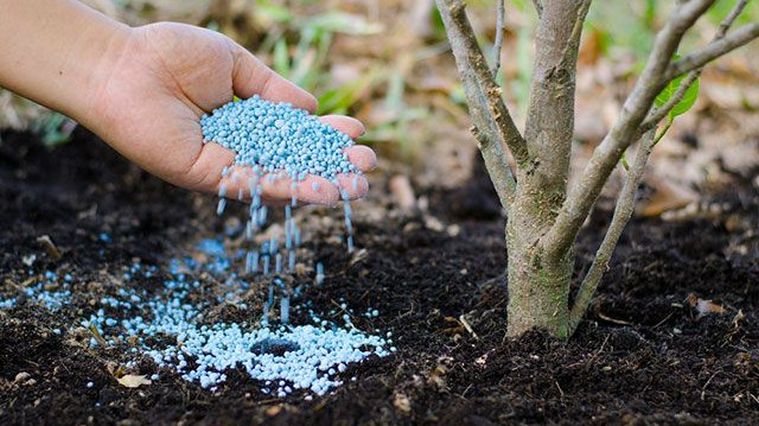
Phosphorus is a nutrient that is necessary for plant growth and development. Root, seed, and plant development are all aided by this nutrient. Phosphorus levels in the soil are diminished for a variety of reasons, one of them being carried away by rain. As a result, modern agriculture is heavily dependent upon phosphate fertilizers. However, if you buy phosphate fertilizer from a nursery, it is very important to read the packaging directions carefully as application rates vary a lot depending on the product and whether or not it contains additional nutrients.
Potassium fertilizers
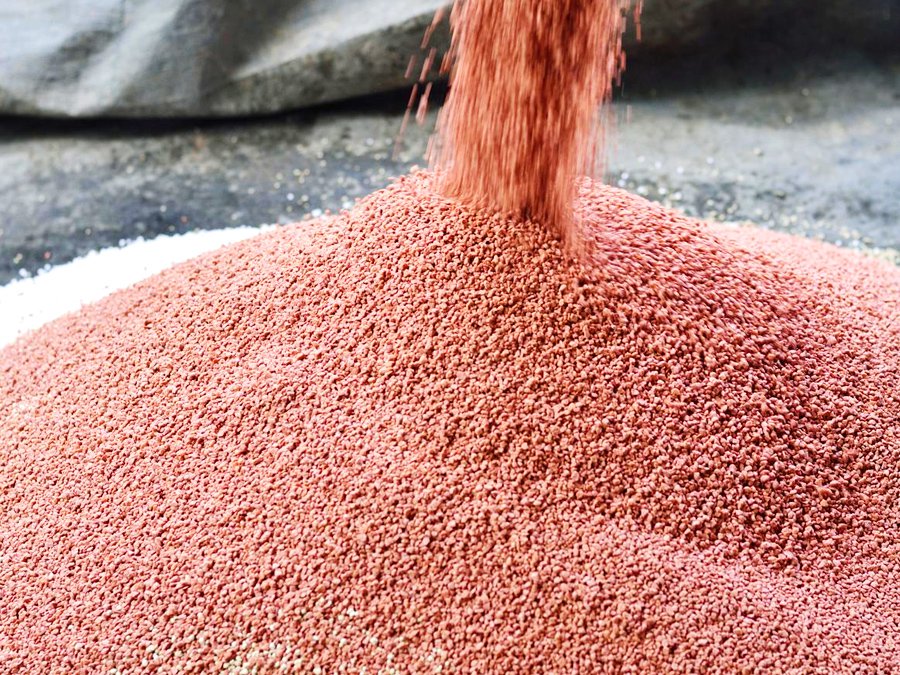
Potassium is also considered to be a macronutrient just like nitrogen and phosphorus. To constantly the production of the crop, sound potassium intake is essential. Potassium plays a key part in plant-soil-air-water relations, as well as activating specific enzymes and assisting in the transfer of carbon from plant biomass to reproductive material (grain, fruit, and fiber). Potassium deficiency makes the plant more vulnerable to a variety of stresses, including water shortages, insect and pathogen attacks, etc. Hence many farmers make use of potassium fertilizers to overcome such problems.
Calcium fertilizers
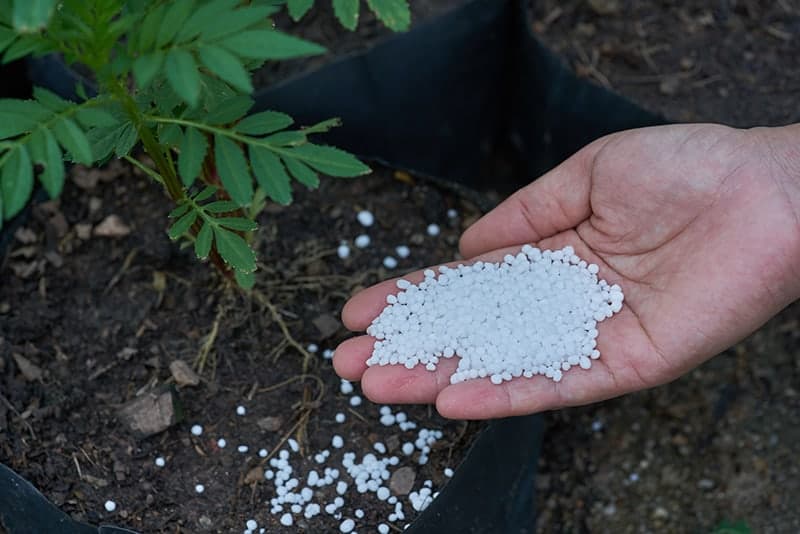
They play an important role in holding the cell walls of plants together. Besides, they increase the absorption of potassium, ammonium, and phosphorus, encourage photosynthesis, and contribute to the growth of the size of sellable plant parts.
Sulfur fertilizers
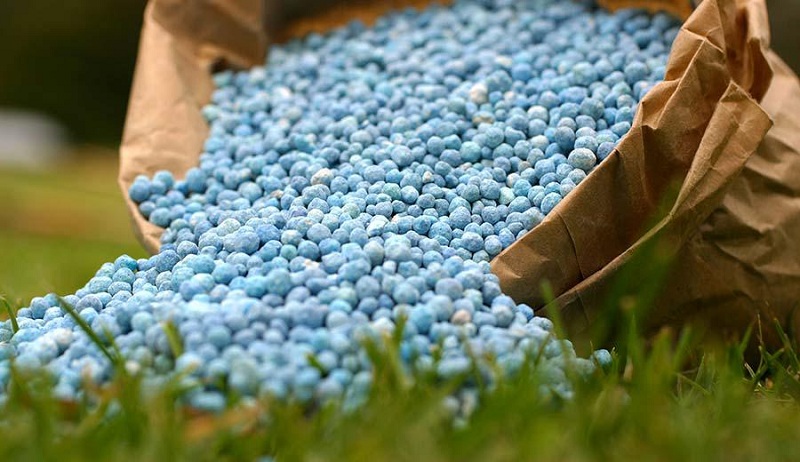
These are critical for chlorophyll formation and development and activation of certain vitamins and enzymes. Also, Sulfur is a key structural component in two of the twenty-one proteinogenic amino acids.
Magnesium fertilizers
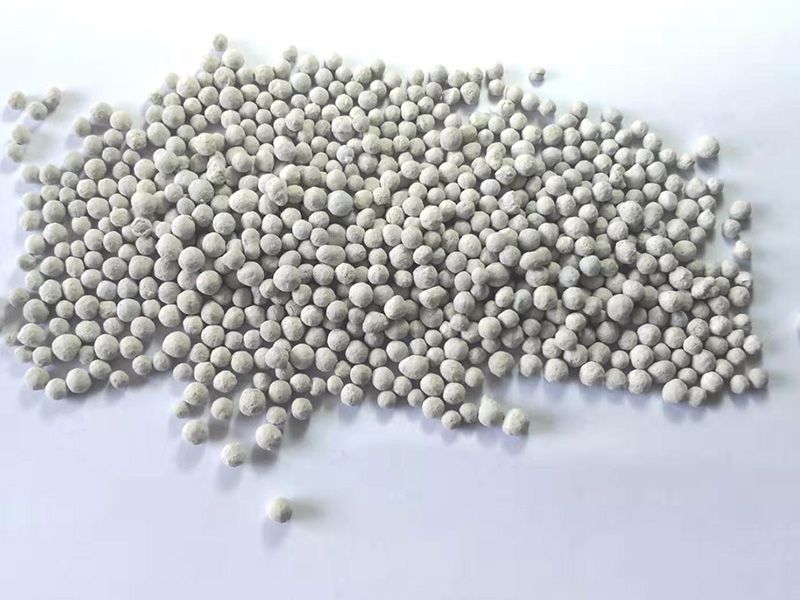
Shortage of magnesium is a common limiting issue for crop production owing to low amounts of exchangeable magnesium in acidic soil, which has a detrimental impact on agricultural development sustainability. The deficiency of magnesium affects photosynthesis and carbohydrate partitioning in crops decreases agricultural output and development sustainability and has a long-term impact on human and animal health. Magnesium is absorbed by crops through their roots from the soil. A sufficient amount of magnesium in the soil is essential for crop development and output. Mg absorption by crop roots is substantially reduced by absolute Mg shortage in the soil, which is commonly caused by low Mg concentration in source rocks. Thus, magnesium fertilizers help in boosting crop production and also improve the health of the crops by providing them with enough quantity of magnesium.
Micronutrient fertilizers
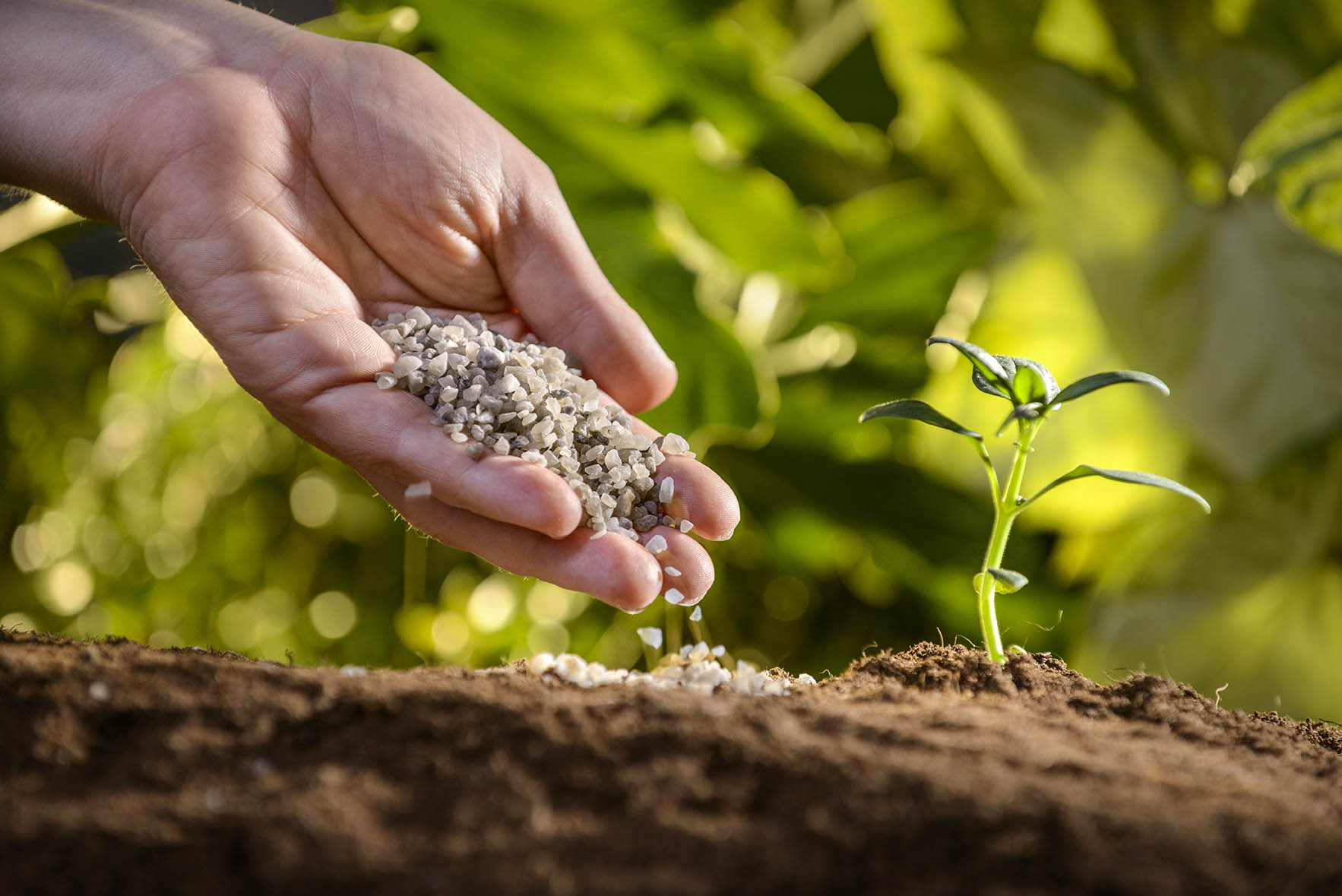
Iron, manganese, boron, zinc, and copper are just a few of the essential micronutrients that are now accessible in a variety of specialty fertilizers. These might be inorganic or organic substances, with the latter being further classified into water-soluble and insoluble variants. These secondary micronutrients are commercially available in a variety of forms for agricultural use, including as additions to commodity N, P, and K fertilizers. Micronutrient compounds that are homogeneous and granular are also manufactured and utilized either directly or as small components of bulk NPK mixes.
These were the various types of fertilizers that can be used by gardeners and farmers to increase the productivity of their plants and crops. Such fertilizers are now easily available at the online agricultural store, where people can browse through endless agricultural items and choose the best for their crops. To know more visit IFFCOBAZAR.

